I spotted this by pure luck, I was looking out the car window while my friend was driving on our way to do some Christmas shopping, so obviously we had to pull over and have a look. I only realised what it was after seeing HughieD's report from a while back of a similar place. I hope all the information I have gathered is correct, feel free to tell me if it isn't!
The Allan-Williams turret could be rotated through a full 360 degrees, set above a steel and brick-lined pit. It was designed for a machine gun to be fired either through the front loophole which was further protected by shutters, or through the circular opening in the roof in a light anti-aircraft role. According to the manufacturer, it was suitable for Vickers, Bren, Hotchkiss or Lewis machine guns in either a ground defence or anti-aircraft role, or a Boys anti-tank rifle or rifle grenade for ground defence.
The turret had a garrison of two men or, if necessary, three men for whom there were folding seats inside. One man can rotate the cupola which is on roller bearings and requires 15 lb of force to move.
According to the manufacturer, four men could dig the position out and erect the turret ready for firing in two hours and remove it completely in 30 minutes. They cost about £125.
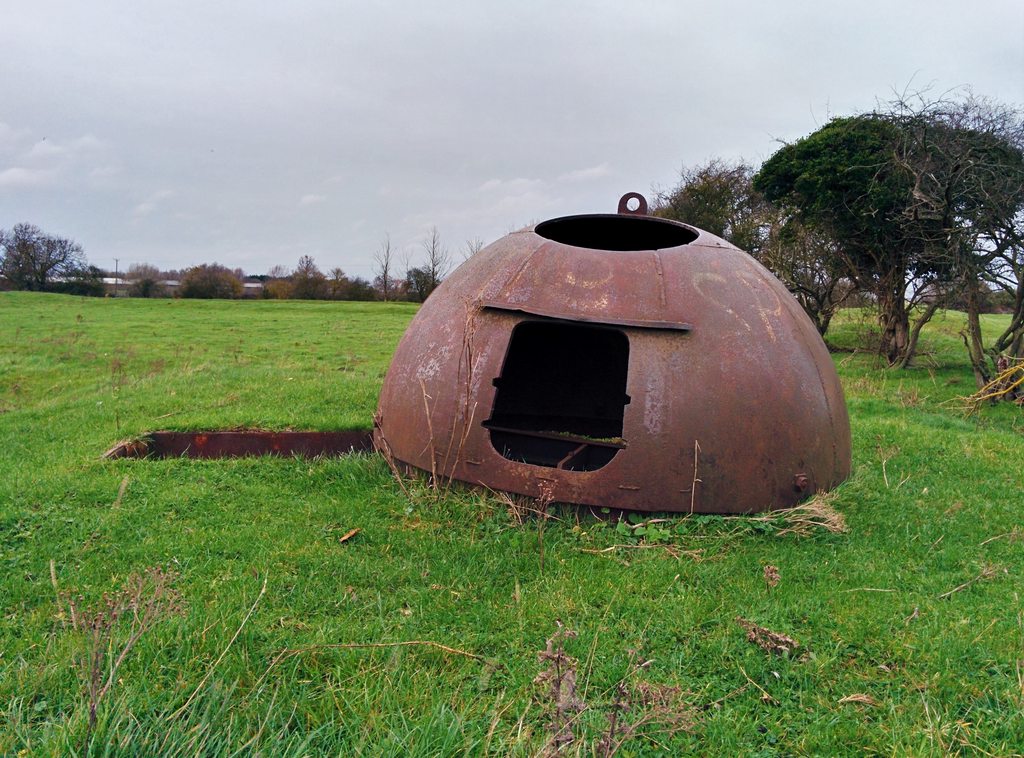
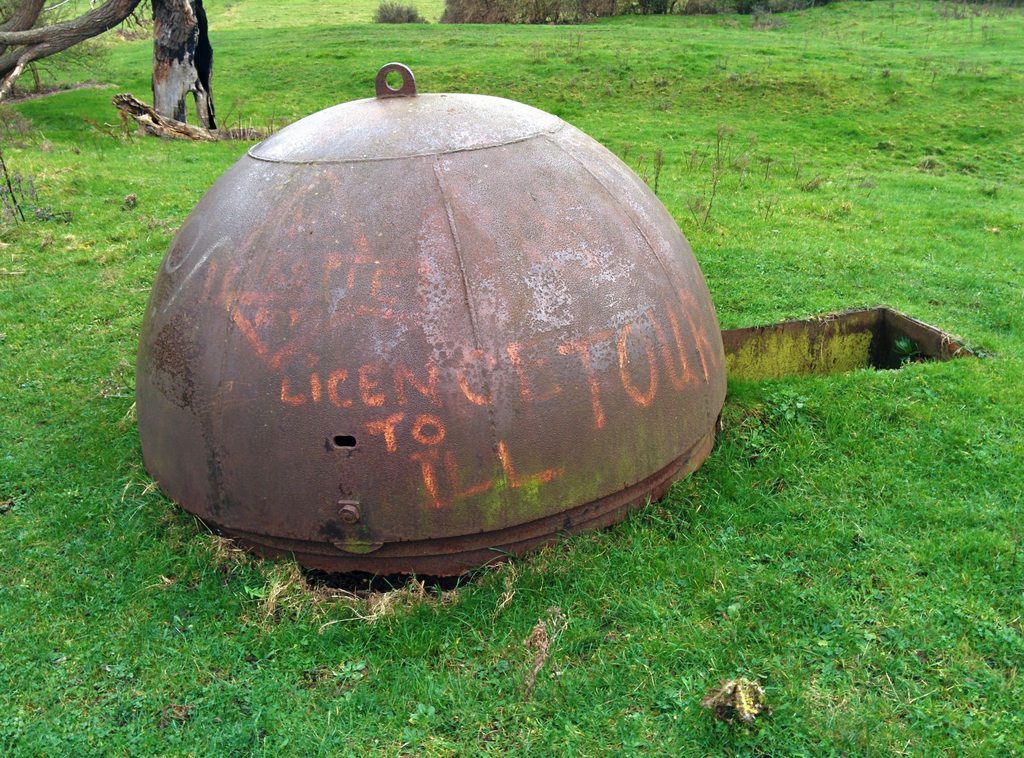
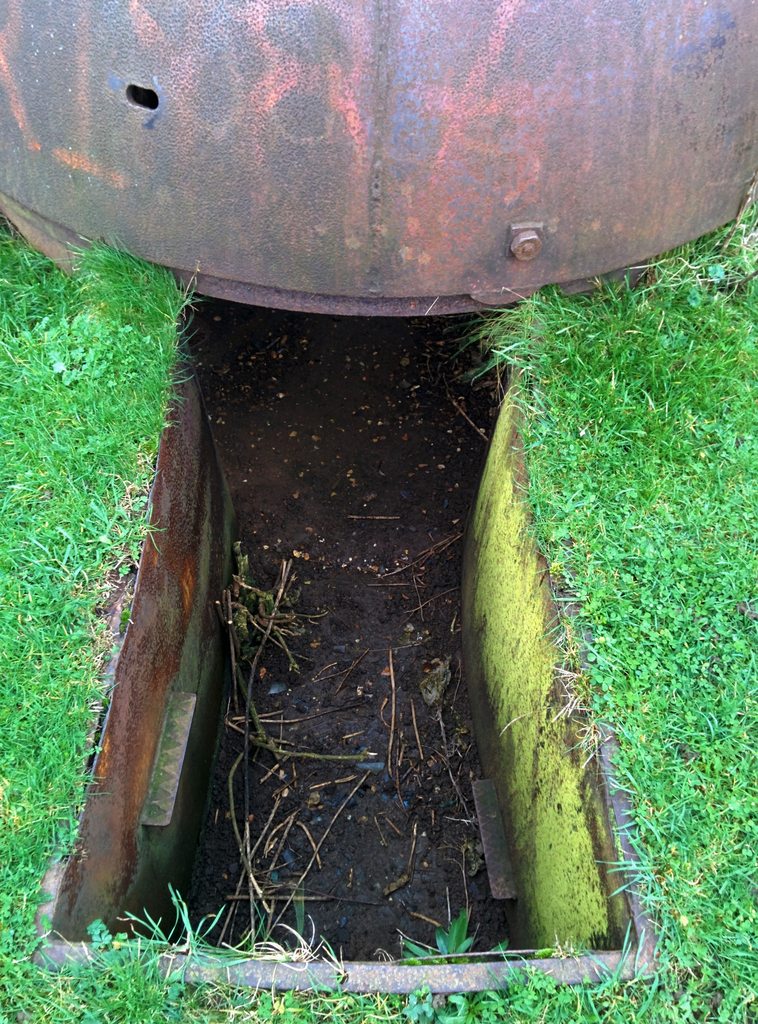
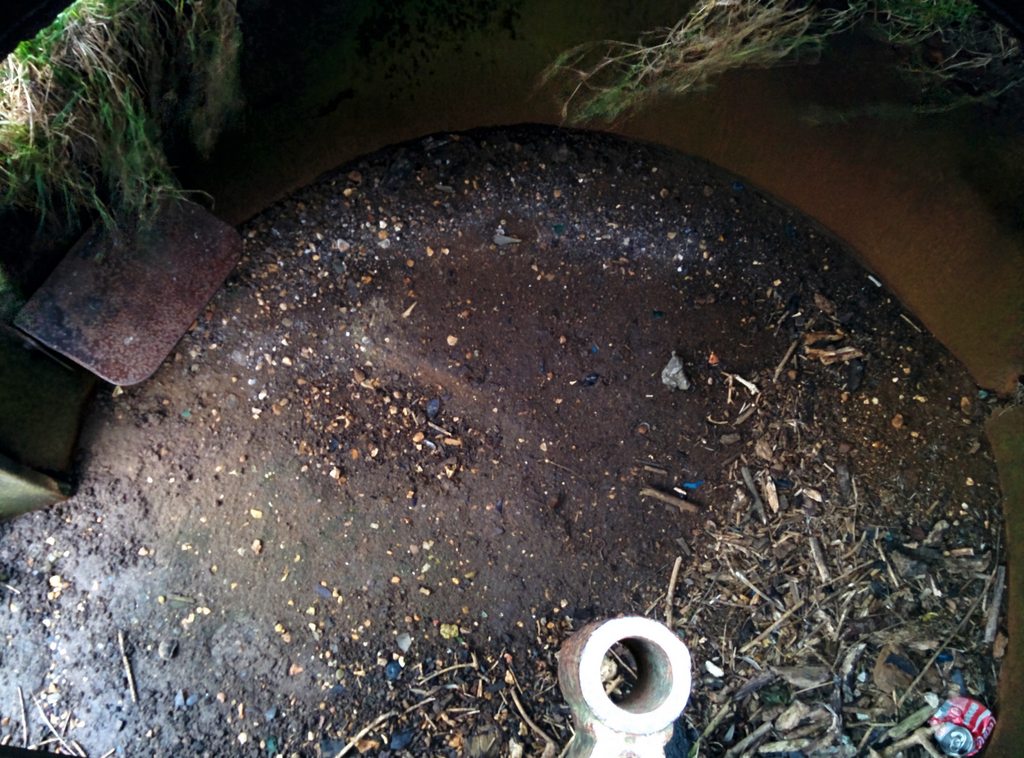
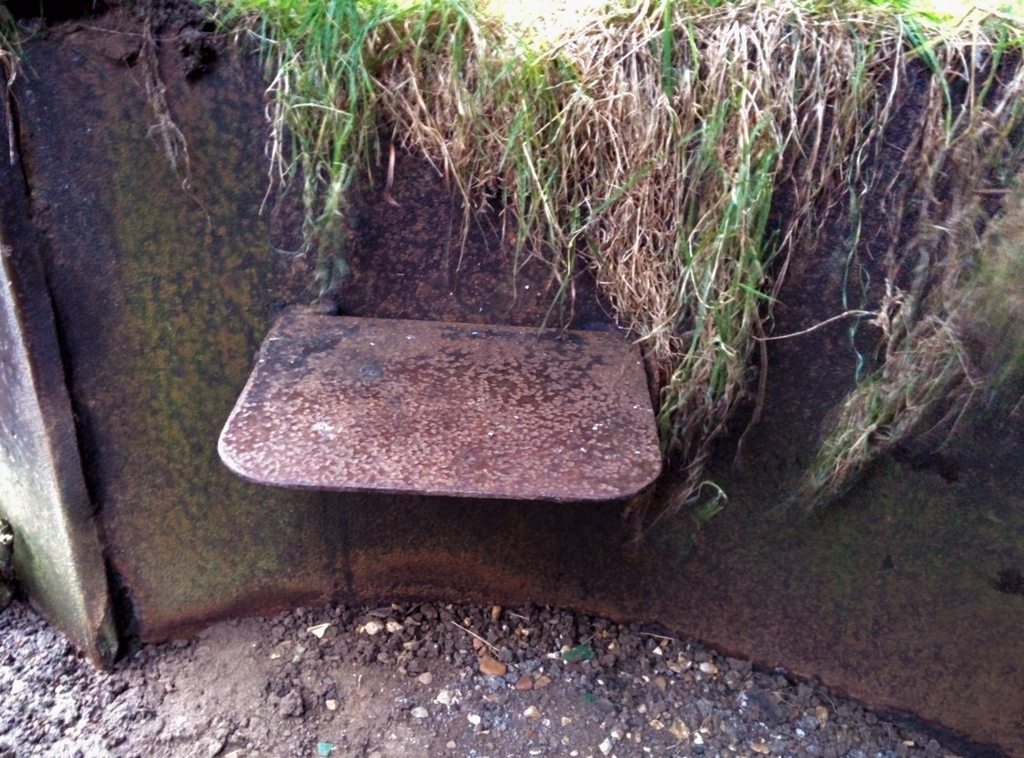
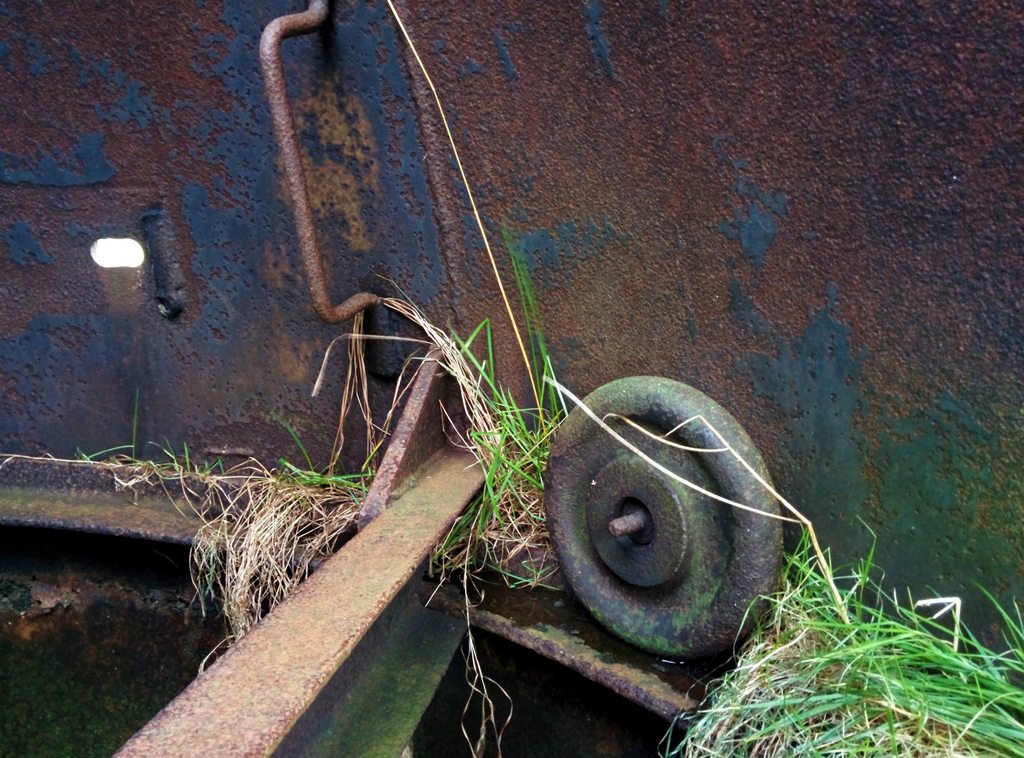
Spigot mortars consist mainly of a solid rod or spigot, onto which a hollow tube in the projectile fits. There is usually a trigger mechanism built into the base of the spigot, with a long firing pin running up the length of the spigot activating a primer inside the projectile and firing the propellant charge.
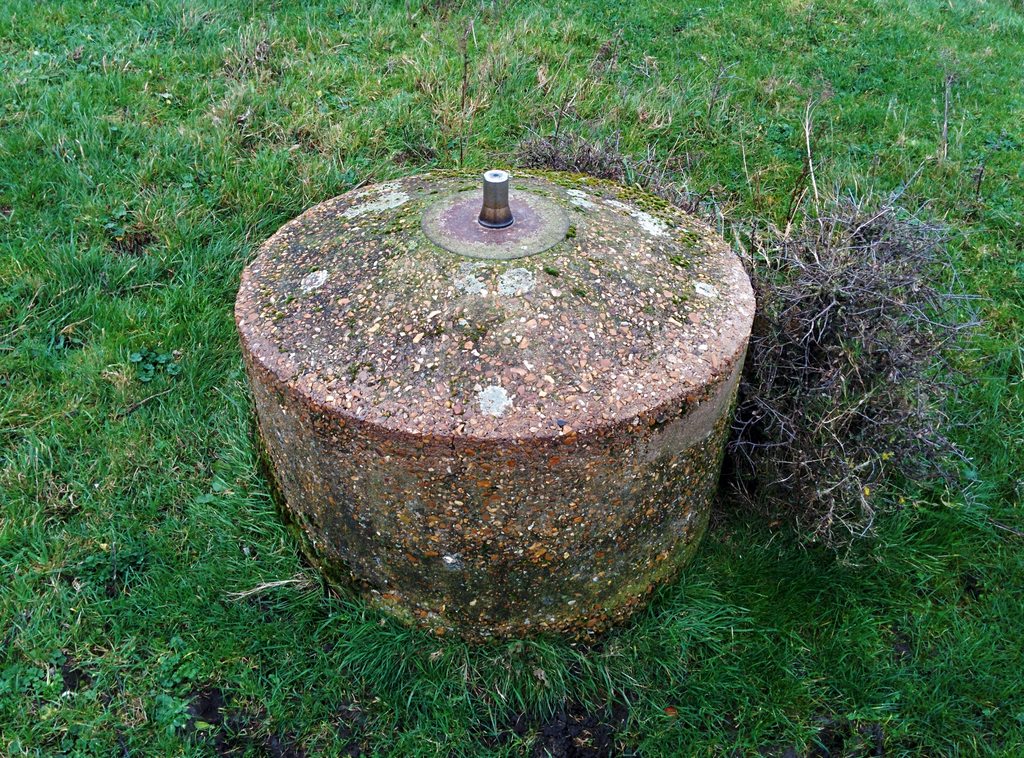
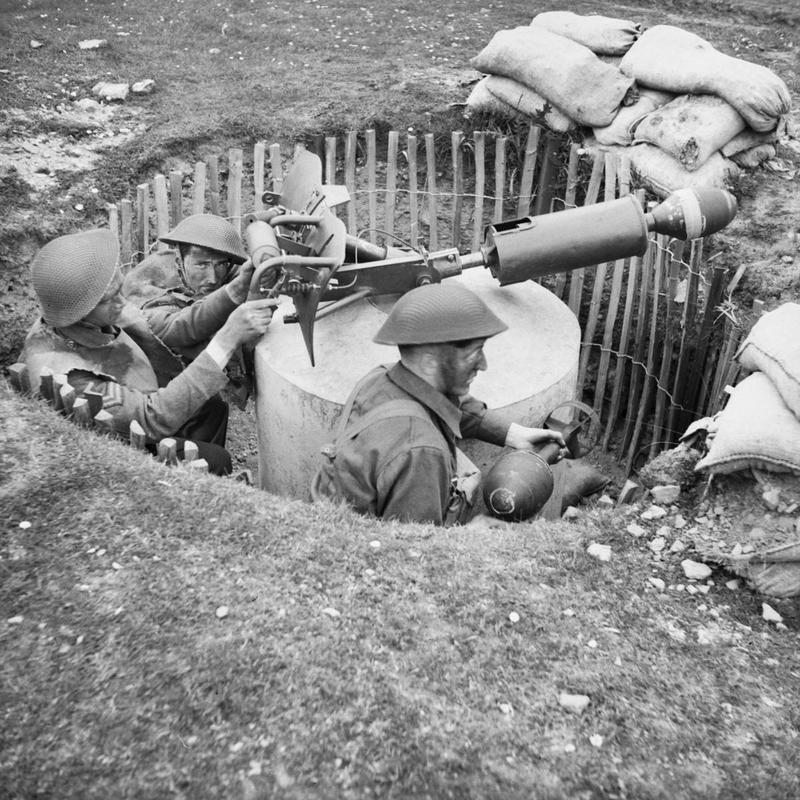
Thanks for looking,
Rubex
The Allan-Williams turret could be rotated through a full 360 degrees, set above a steel and brick-lined pit. It was designed for a machine gun to be fired either through the front loophole which was further protected by shutters, or through the circular opening in the roof in a light anti-aircraft role. According to the manufacturer, it was suitable for Vickers, Bren, Hotchkiss or Lewis machine guns in either a ground defence or anti-aircraft role, or a Boys anti-tank rifle or rifle grenade for ground defence.
The turret had a garrison of two men or, if necessary, three men for whom there were folding seats inside. One man can rotate the cupola which is on roller bearings and requires 15 lb of force to move.
According to the manufacturer, four men could dig the position out and erect the turret ready for firing in two hours and remove it completely in 30 minutes. They cost about £125.






Spigot mortars consist mainly of a solid rod or spigot, onto which a hollow tube in the projectile fits. There is usually a trigger mechanism built into the base of the spigot, with a long firing pin running up the length of the spigot activating a primer inside the projectile and firing the propellant charge.


Thanks for looking,
Rubex

































